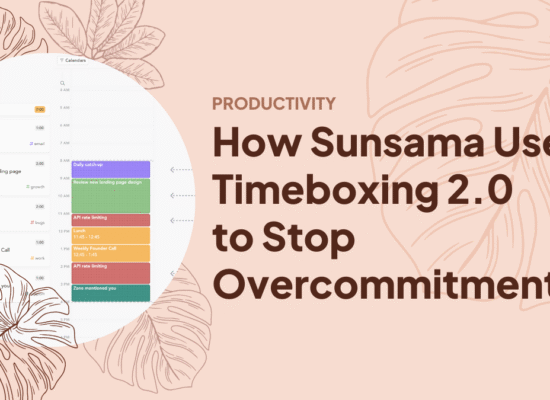Table of Contents
- Why Condo Living Makes Sense in Metro Manila
- Finding Your Ideal Location
- Financial Considerations: Renting vs. Buying
- Legal Aspects to Consider
- Maximizing Your Condo Space
- Building Community in Vertical Neighborhoods
- Transportation and Connectivity
- The Reality Check: Pros and Cons
- Making Your Decision
- Ready to Experience Condo Living in Metro Manila?
Condo living in Metro Manila offers a unique blend of chaos and convenience. Amid the sprawling urban landscape, condominiums rise as sanctuaries for those seeking both comfort and practicality in one of Southeast Asia’s most dynamic cities.
Having observed the evolution of Manila’s skyline over the years, I’ve seen how condo living has transformed from a luxury option to a practical lifestyle choice for many. Whether you’re a young professional looking for your first home, an investor seeking opportunities, or someone downsizing from a traditional house, this guide will walk you through everything you need to know about condo living in the metro.
Why Condo Living Makes Sense in Metro Manila
The appeal of condo living in Metro Manila becomes immediately apparent when you spend just one week navigating the city’s notorious traffic. Beyond escaping the daily gridlock, condos offer several compelling advantages that align perfectly with urban living needs.
Location remains the primary benefit. Most condominiums are strategically built near business districts, shopping centers, and transportation hubs. This proximity can transform a three-hour commute into a ten-minute walk, completely reshaping your daily experience of the city.
Security provides another significant advantage. With 24/7 security personnel, CCTV systems, and controlled access points, condos offer peace of mind that’s increasingly valuable in urban settings. The ability to simply lock your door and leave for vacation without worrying about home security can’t be overstated.
Amenities further enhance the condo lifestyle. Swimming pools, fitness centers, function rooms, and sometimes even retail establishments within the building create a self-contained ecosystem that brings convenience to your doorstep. These shared facilities offer luxuries that would be prohibitively expensive in individual homes.
Maintenance simplicity rounds out the benefits. No need to worry about roof repairs, garden upkeep, or exterior painting. The association handles these concerns, freeing you from the time-consuming aspects of property ownership.
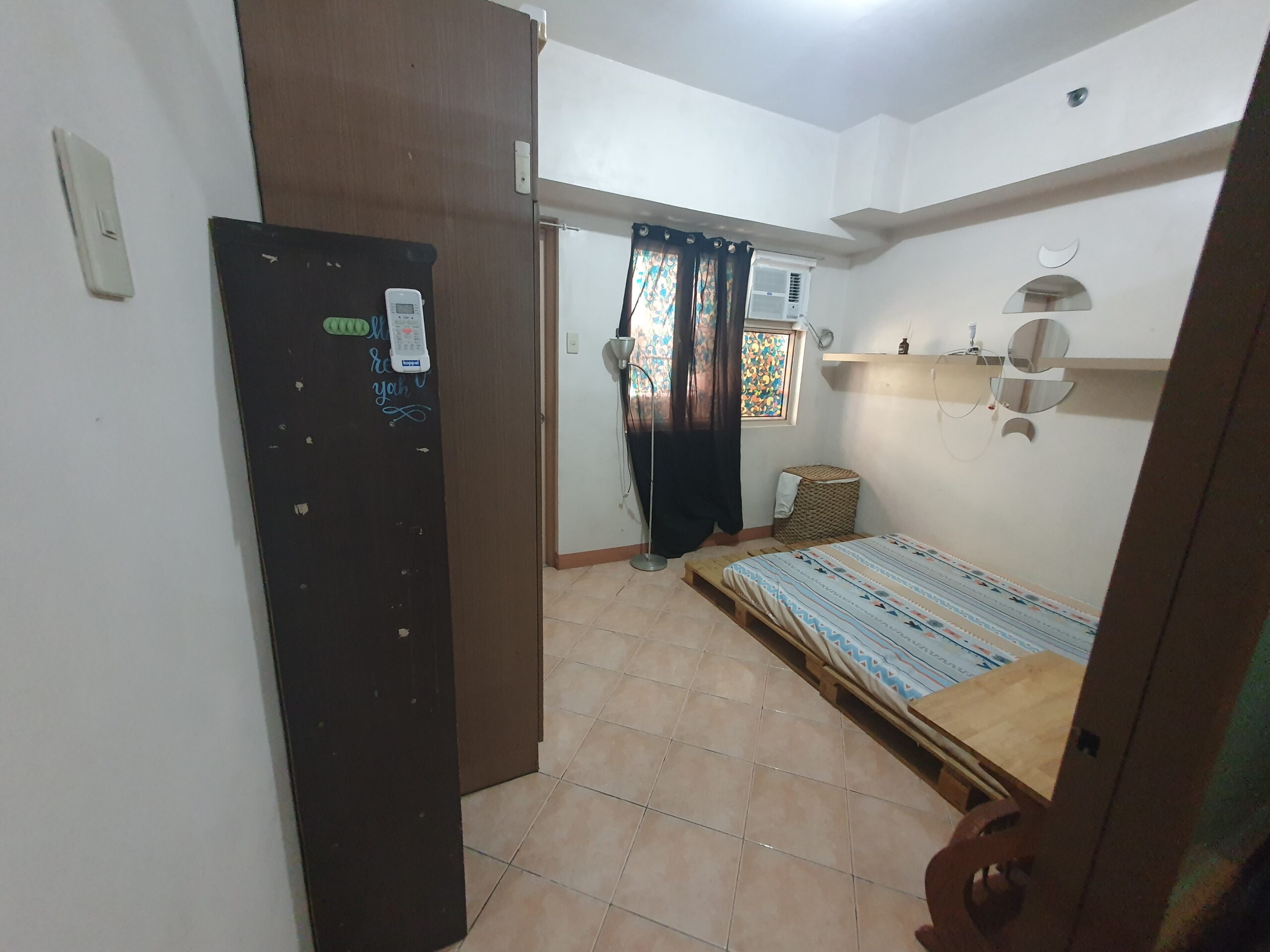

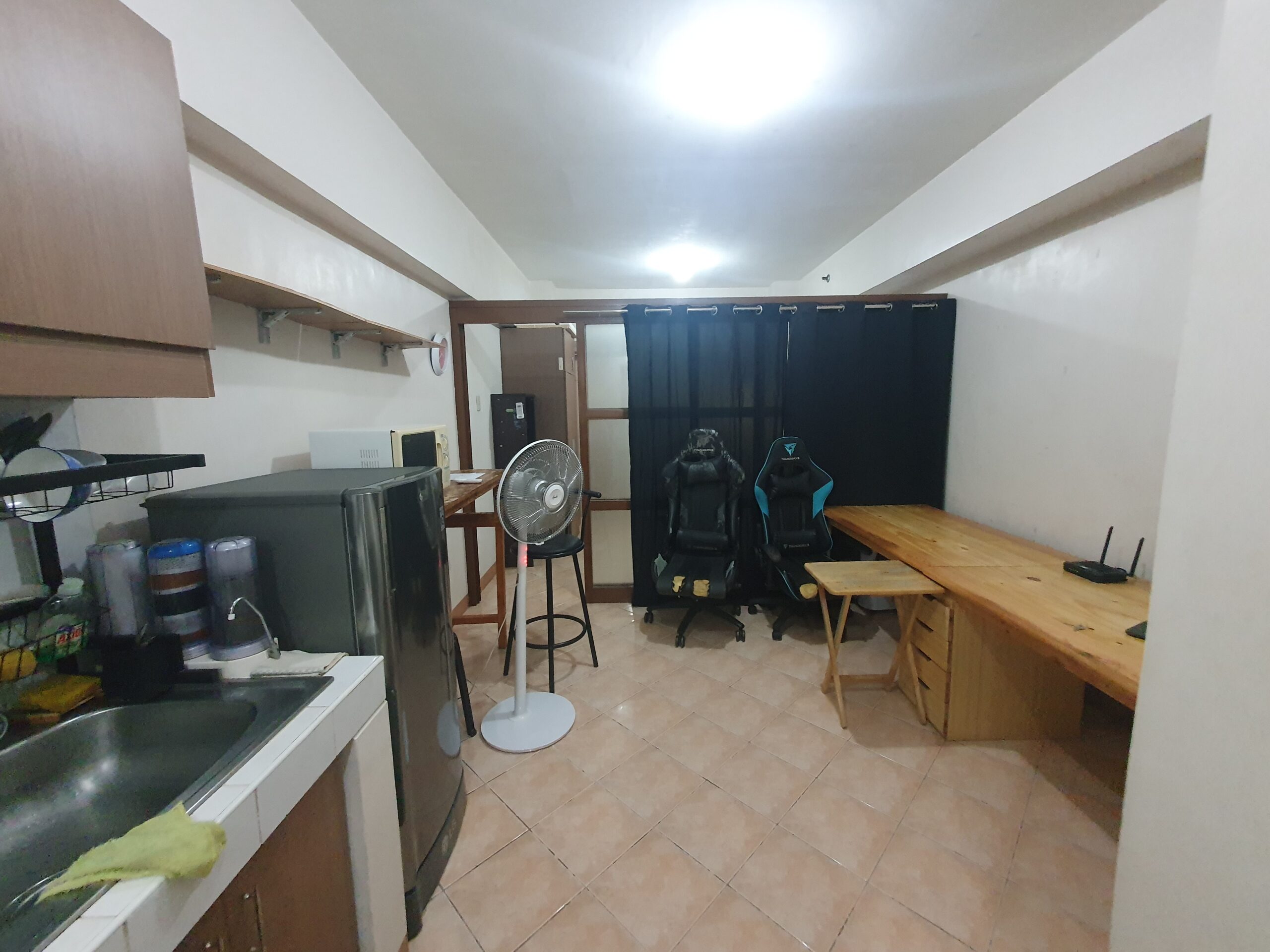
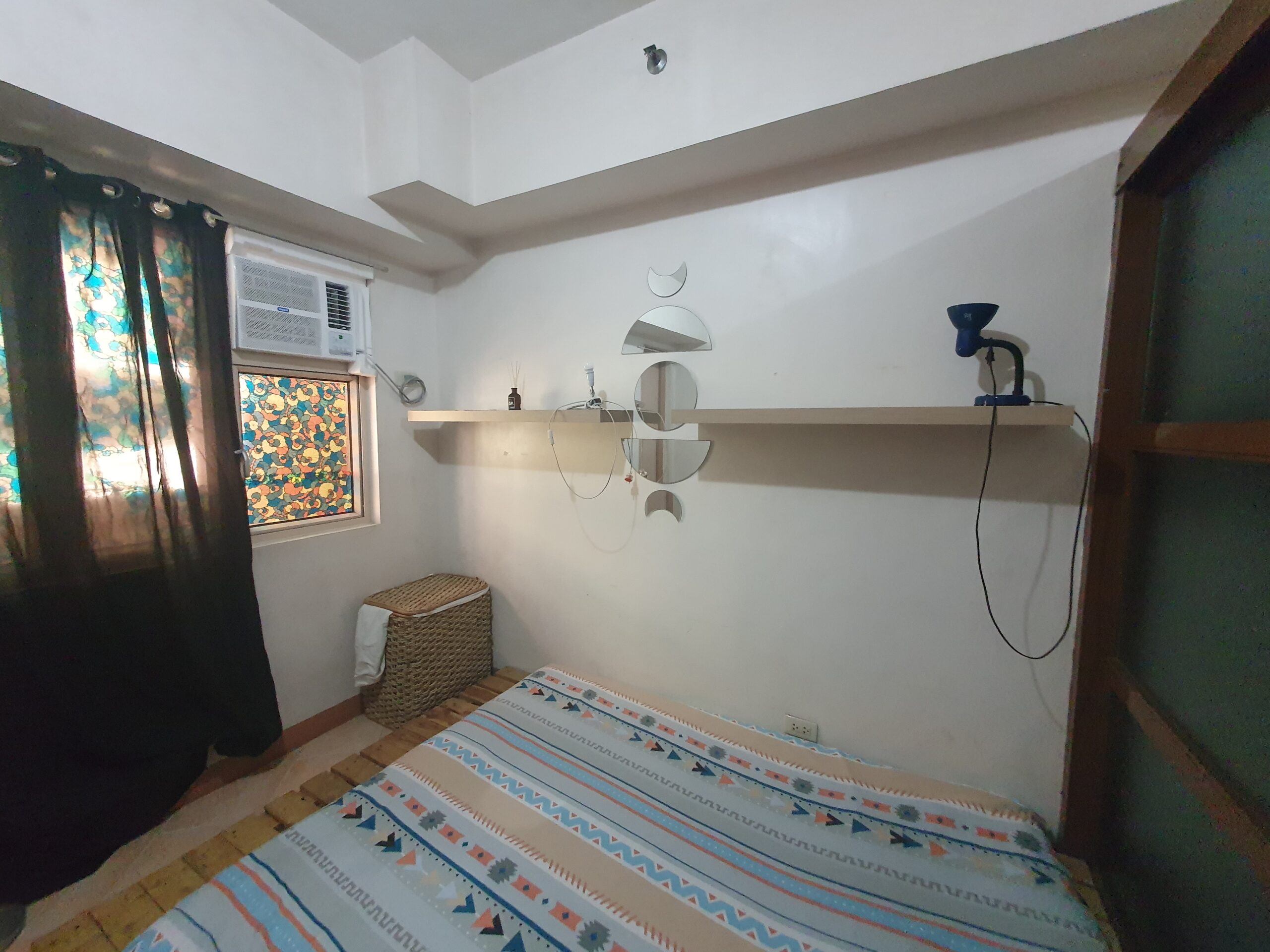
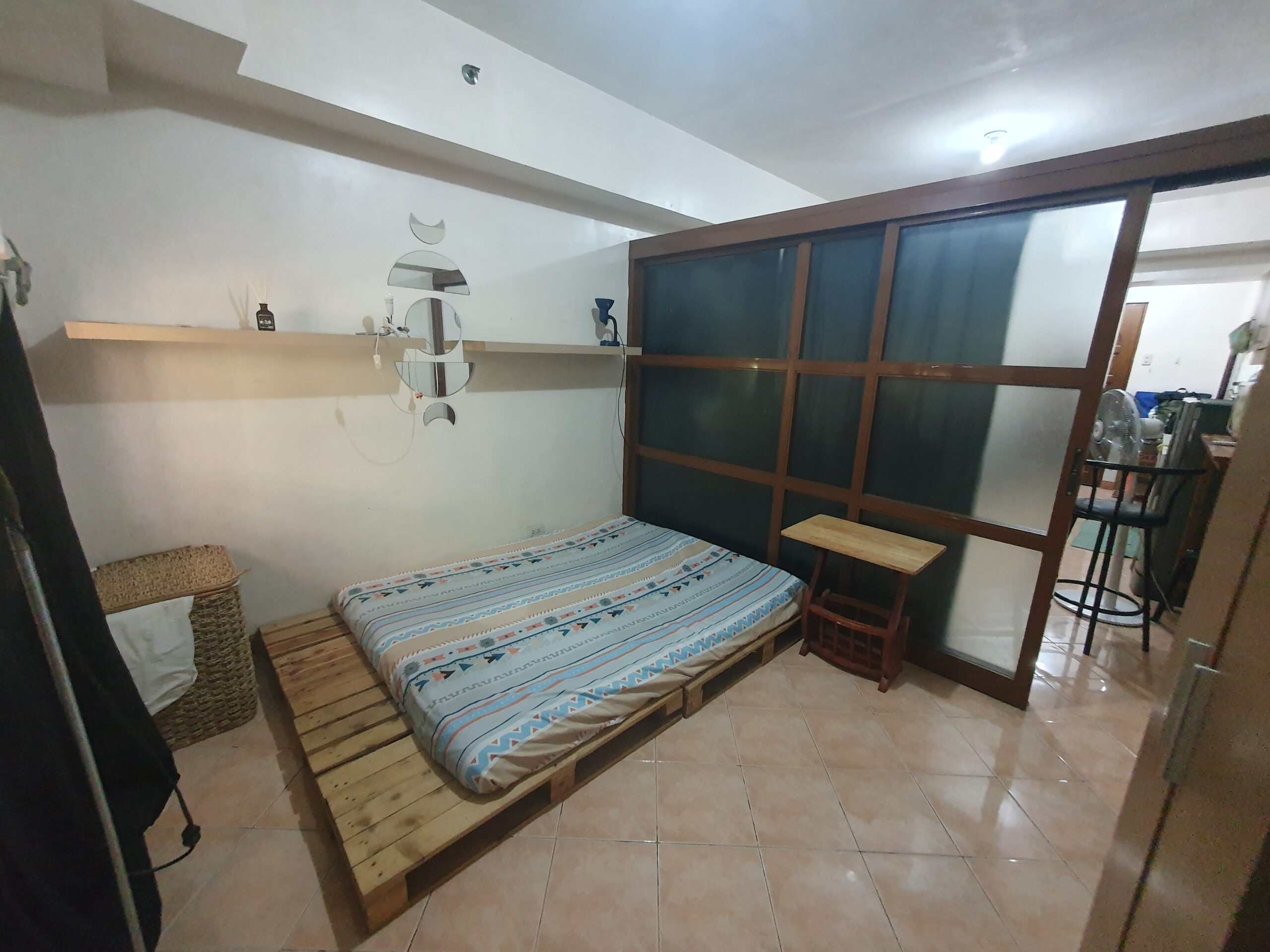
Finding Your Ideal Location
Metro Manila isn’t a monolith. Each area offers distinct advantages and atmospheres that cater to different lifestyles and priorities.
Makati remains the premier business district, with luxury condos commanding premium prices but offering unmatched convenience for corporate professionals. The established infrastructure, walkable streets, and comprehensive amenities make it ideal for those who value convenience and prestige.
Bonifacio Global City (BGC) presents a more planned, modern alternative with wide sidewalks, green spaces, and a growing business sector. Its master-planned approach appeals to those seeking a more organized urban experience with emphasis on walkability and outdoor activities.
Ortigas Center offers a more affordable option while still providing excellent access to business opportunities and shopping centers. Its central location makes it convenient for those who need to travel to different parts of the metro regularly.
Eastwood City combines work and lifestyle elements in a self-contained township, popular with BPO professionals and young families who appreciate its pedestrian-friendly design and comprehensive amenities.
Quezon City provides more space at lower prices, with emerging business districts and excellent educational institutions nearby. The larger unit sizes often appeal to families who need more room but still want condo conveniences.
Bay Area condos near Mall of Asia offer waterfront living with proximity to entertainment options and emerging business opportunities. The area continues to develop rapidly, attracting investors looking for appreciation potential.
When selecting your location, consider your daily commute, lifestyle preferences, and long-term plans. A location that saves you hours of daily travel can dramatically improve your quality of life, even if it comes at a premium price.
Financial Considerations: Renting vs. Buying
Understanding the financial aspects of condo ownership goes beyond the purchase price or monthly rent. Several factors impact the true cost of condo living in Metro Manila.
Condo for Rent: The Flexible Option
Renting a condo provides flexibility and lower initial costs. This option is particularly attractive for:
- Newcomers to Metro Manila testing different neighborhoods
- Young professionals not ready for long-term commitment
- Expatriates on temporary assignments
- Those saving for a future purchase
A condo for rent typically requires a deposit equivalent to 2-3 months’ rent, plus the first month’s payment upfront. This is substantially less than the downpayment required for purchasing.
Condo for Rent vs. Buying: Making the Right Choice
The decision between a condo for rent vs. buying depends on several factors:
Timeframe: If you plan to stay less than 5 years, renting often makes more financial sense. The transaction costs of buying and selling within a short period can outweigh any appreciation benefits.
Financial readiness: Buying requires substantial upfront capital for downpayment (typically 20%), transfer taxes, and closing costs. For buyers, developer reputation significantly influences both price and potential appreciation. Premium developers like Ayala Land, SMDC, Rockwell, and Robinsons Land typically command higher prices but often deliver better construction quality, amenities, and property management.
Cash flow considerations: While monthly mortgage payments might be similar to rent in some areas, owners must also budget for:
- Association dues (₱50-150 per square meter monthly)
- Property taxes (1-2% of assessed value annually)
- Maintenance and repairs
- Parking fees (if applicable)
For investors, rental yields in Metro Manila generally range from 4-7% annually, with higher returns possible in emerging areas. Units near universities can offer strong returns with student tenants, while business district properties typically attract more stable, long-term corporate lessees.
Legal Aspects to Consider
The legal framework surrounding condominium ownership contains several nuances that buyers should understand before signing contracts.
Condominium ownership in the Philippines operates under the Condominium Act (RA 4726), which establishes your ownership of your unit while sharing common areas with other residents. This shared ownership creates both rights and responsibilities that differ from traditional property ownership.
Pre-selling units offer price advantages but come with completion risks. Always verify the developer’s track record for timely delivery and quality construction. The license to sell issued by HLURB (now DHSUD) provides some protection but doesn’t guarantee on-time completion.
Contract terms require careful review, particularly regarding turnover conditions, penalties for late payments, and default provisions. The fine print often contains important details about what happens if either party fails to meet obligations.
For foreign buyers, ownership restrictions apply. Non-Filipino citizens can own condominium units but only up to 40% of the total units in a building. Land ownership remains prohibited, making condos the primary real estate investment vehicle for foreigners.
House rules and by-laws govern daily living and can significantly impact your experience. Review these documents to understand restrictions on renovations, pet ownership, short-term rentals, and business operations within your unit.
Maximizing Your Condo Space
Condo living often means adapting to smaller spaces than traditional homes, but thoughtful design can transform compact areas into highly functional, comfortable environments.
Multi-functional furniture becomes essential in condo living. Sofa beds, expandable dining tables, and storage ottomans serve dual purposes without consuming extra space. Wall-mounted desks that fold away when not in use can create a home office without dedicating permanent floor area.
Vertical space utilization maximizes storage capacity. Floor-to-ceiling cabinets, overhead kitchen storage, and wall-mounted shelving systems help keep floors clear while accommodating your belongings. The often-overlooked space above doorways can house rarely-used items.
Light colors and mirrors create the illusion of larger spaces. White or light neutral walls reflect natural light, while strategically placed mirrors expand visual perspectives. Glass tables and transparent furniture reduce visual weight in the room.
Decluttering becomes a necessary lifestyle habit rather than an occasional activity. The “one in, one out” rule helps maintain balance in limited spaces. Digital solutions for books, documents, and media can dramatically reduce physical storage needs.
Creating Productive Spaces for Different Needs
The rise of remote work has transformed how we use our living spaces. For Filipino women with ADHD, creating a functional home environment can be particularly important for maintaining focus and productivity.
Consider these specialized tips:
- Designate specific areas for different activities to reduce context-switching challenges
- Use color-coding and visual organization systems to make item locations intuitive
- Incorporate natural light where possible, as it can help regulate attention and focus
- Include fidget-friendly features that allow for movement without disruption
- Minimize visual clutter that can trigger distraction
These organization principles benefit everyone but can be especially helpful for those who need additional support in structuring their environment.
Building Community in Vertical Neighborhoods
Condominium living creates unique social dynamics that differ from traditional neighborhoods. Understanding and navigating these relationships enhances your living experience.
Property management relationships matter significantly in condo living. Building good rapport with management staff and security personnel can make daily interactions more pleasant and help resolve issues more efficiently. Simple courtesies and clear communication go a long way.
Neighbor etiquette becomes particularly important when sharing walls, ceilings, and floors. Being mindful of noise levels, especially during early morning and late evening hours, shows respect for the community. Similarly, proper disposal of trash and responsible use of common areas contribute to harmonious living.
Community events and activities offer opportunities to transform anonymous neighbors into friends. Many condominiums organize regular social events, fitness classes, or interest groups that facilitate connections. Participating in these activities helps build a support network within your building.
Condo association meetings provide forums for addressing community concerns and shaping policies. Active participation gives you voice in decisions that affect your living environment and property values. Even if you can’t attend regularly, staying informed about meeting outcomes helps you understand changes in your community.
Transportation and Connectivity
Access to transportation remains a critical factor in Metro Manila living, where traffic congestion can significantly impact quality of life.
Transit-oriented developments near MRT/LRT stations command premium prices but offer substantial time savings. Properties within walking distance of Ayala, Ortigas, or North Avenue stations provide convenient access to major business districts without battling traffic.
Ride-sharing services have transformed urban mobility, making car ownership less necessary for many condo dwellers. Buildings with designated pick-up/drop-off areas for these services offer additional convenience for residents.
Walking accessibility to essential services varies dramatically between locations. Developments in integrated townships like Eastwood, BGC, or Rockwell provide pedestrian access to shopping, dining, and services, creating truly walkable lifestyles rare in Metro Manila.
Internet connectivity has become as essential as water and electricity. Buildings with fiber-optic infrastructure or multiple service provider options offer advantages for remote workers and digital entertainment consumers. Some newer developments include built-in high-speed internet as part of their amenities package.
The Reality Check: Pros and Cons
While condo living offers numerous advantages, an honest assessment includes recognizing the limitations and challenges that come with this lifestyle choice.
Space constraints present the most obvious limitation. Even larger units typically offer less space than traditional homes, requiring adjustments in lifestyle and possessions. Families with children may find the lack of outdoor play areas challenging unless the development includes substantial recreational facilities.
Noise issues can arise despite building regulations. Sound can travel through walls, floors, and ceilings, particularly in buildings with less robust construction. Neighbors’ activities, from renovation work to late-night gatherings, may occasionally disrupt your peace.
Rule restrictions provide structure but limit freedom in some aspects. Restrictions on pets, renovations, or unit usage may conflict with your preferences or future needs. Understanding these limitations before purchasing helps avoid future frustrations.
Community decision-making means that individual preferences sometimes yield to collective interests. Association decisions about facilities, maintenance, or rule changes affect all residents, occasionally creating policies you might not personally support.
Despite these challenges, the convenience, security, and lifestyle benefits continue to make condominiums an attractive option for many Metro Manila residents. The key lies in finding the right balance between location, amenities, community, and personal needs.
Making Your Decision
Choosing condo living in Metro Manila ultimately comes down to aligning housing options with your personal priorities, lifestyle needs, and financial situation.
Visit multiple properties before deciding. Experience the actual units, common areas, and neighborhood at different times of day. Morning and evening visits reveal different aspects of noise levels, traffic patterns, and community atmosphere.
Research developers thoroughly, particularly their track record for construction quality, timely delivery, and after-sales service. Online forums, social media groups, and current residents can provide insights not available in marketing materials.
Consider future needs, not just current circumstances. A unit that perfectly suits a single professional might quickly become constraining for a couple planning a family. Similarly, investment properties should align with target tenant preferences in the chosen location.
Trust your instincts about community fit. Beyond amenities and specifications, the overall feeling of a development often indicates whether you’ll feel at home there. The right community enhances daily life in ways that transcend physical features.
Key Takeaways:
- Condo living offers security, convenience, and amenities that create a balanced urban lifestyle in Metro Manila.
- Carefully weigh renting versus buying based on your timeframe, financial readiness, and long-term plans.
- Strategic space planning and community engagement maximize the benefits of vertical living.
Ready to Experience Condo Living in Metro Manila?
FAQs
What's the average price per square meter for condos in Metro Manila?
Prices range from ₱80,000 to ₱250,000 per square meter, depending on the location and developer.
Are pets allowed in most Metro Manila condominiums?
Pet policies vary widely, with some buildings prohibiting pets entirely while others allow them with size and breed restrictions.
How do I verify a condo development's legitimacy before buying?
Check for the developer’s DHSUD license to sell and research their track record of completed projects and delivery timelines.
Maria is an accomplished digital marketing professional, specializing in content marketing and SEO. She's a neurodivergent who strives to raise awareness, and overcome the stigma that envelopes around mental health.





